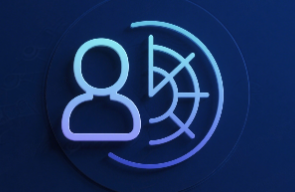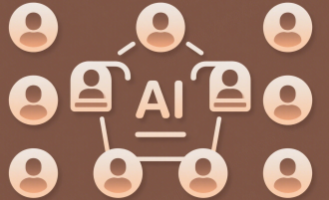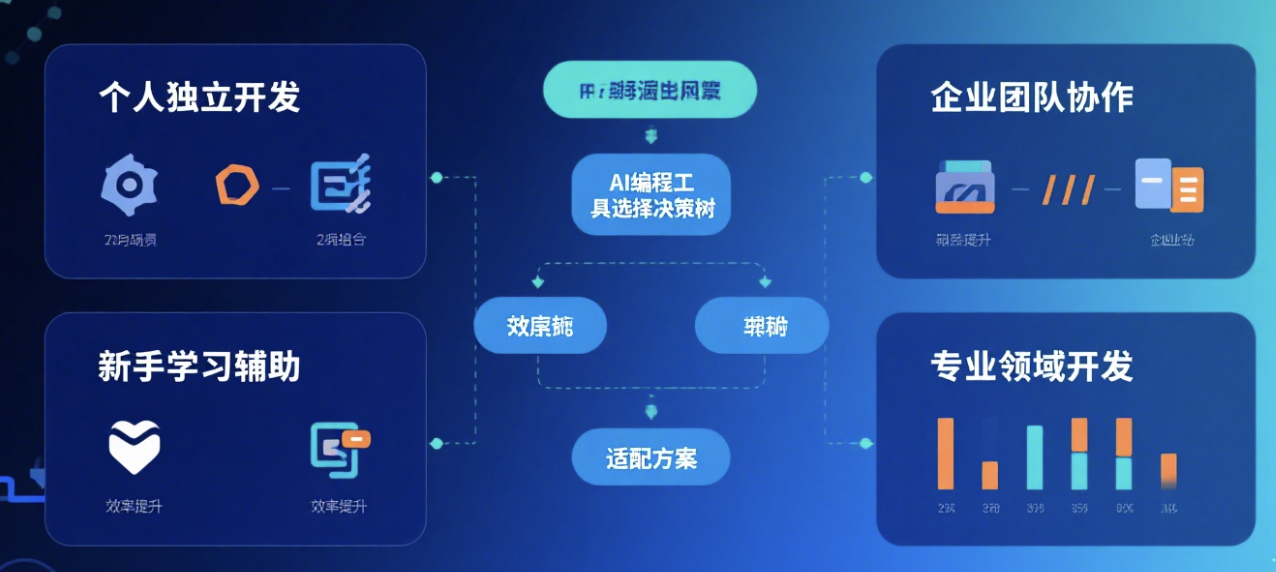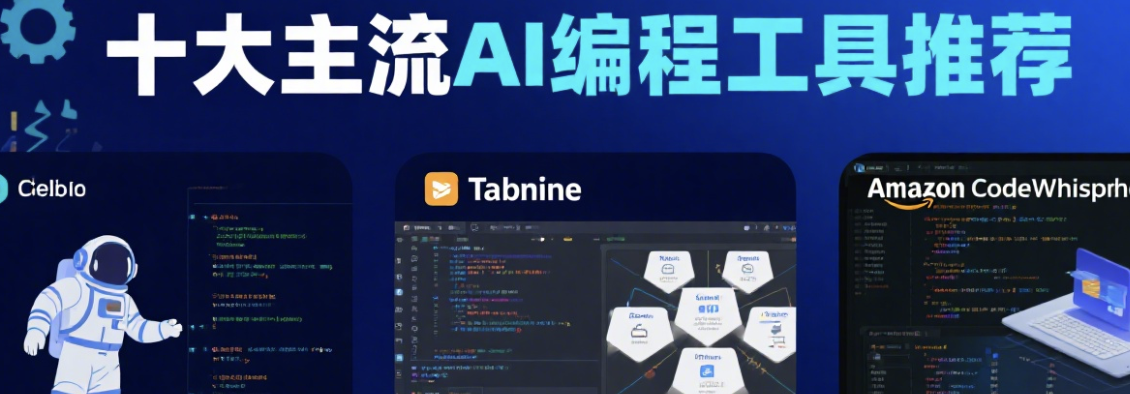6 AI tools that sales elites are secretly using, AI, artificial intelligence and large models are fully intelligent and automating outbound calls, follow-up and transactions. Combined with AI tools such as ChatGPT and Claude, with built-in agents in CRM, sales teams can achieve higher conversions in a shorter cycle. This article selects 6 high-reputation AI tools and gives replicable play methods to help sales use AI tools to easily break orders.
1. List of 6 AI tools: from finding clues to signing
orders 1. ChatGPT (Multimodal Sales Assistant)
AI tools can automatically generate outbound call scripts, follow-up emails and meeting minutes, and quickly generate objection handling words and ROI calculation instructions based on large models. Realize the intelligent and automated closed loop of external and internal services.
2. Claude (Expert in Long Texts and Complex Scenarios)
Artificial intelligence is more stable in long emails, schemes and contract clause scenarios, and Claude can merge requirements, generate version comparisons and risk warnings, and cooperate with prompt engineering to create reusable sales SOPs and compliance modules.
3. Salesforce Einstein Copilot (CRM agent)
large model is embedded in Sales Cloud to automatically summarize business opportunity dynamics, recommend next actions, and generate personalized reach copy; Collaborate with ChatGPT to complete the automated arrangement of quotation explanations and follow-up plans.
4. HubSpot AI (Marketing and Sales Integration)
AI tools are based on machine learning to score leads, generate landing pages and email copy, and unify the management of forms and reach rhythms. and Claude can review the content and brand tone of the principal's essay to enhance the conversion of leads into business opportunities.
5. Gong AI (Conversation Intelligence and Review)
Artificial intelligence transcribes and analyzes calls, marking keywords, objections and next steps to form a searchable knowledge base; Cooperate with ChatGPT to generate review points and training lists to promote the continuous evolution of the team.
6. Outreach AI (Outreach Automation)
AI tool can personalize emails and rhythm arrangement in batches, and automatically adjust speech based on reply and open data; Combined with Claude to review sensitive wording, it ensures an intelligent outbound link that pays equal attention to automation and compliance.
2. AI-driven sales process: five-step practical method
1. Lead acquisition and warm-up
(1) Use HubSpot AI to generate landing page copy and A/B solutions, and ChatGPT to generate ads and words.
(2) Outreach AI batch personalized outreach, automatic follow-up and rhythm tuning.
(3) Gong AI collects the key points of the first round of calls and precipitates them into a searchable objection database.
2. Demand exploration and program customization
(1) Claude integrates customer emails and meeting minutes to generate pain points and priority lists.
(2) ChatGPT outputs presentation scripts and Q&A drafts to reduce preparation time.
(3) When visuals are needed, Midjourney and Stable Diffusion generate covers, diagrams, and icons to unify the style.
3. Quotation and Demonstration
(1) Salesforce Einstein Copilot provides quotation range suggestions based on historical transactions and industry portraits.
(2) ChatGPT generates a comparison table and ROI narrative, and Claude reviews terminology and risk warnings.
(3) Give key pages to Midjourney or Stable Diffusion to expand the visual and improve persuasiveness.
4. Negotiation and compliance
(1) Claude generates clause comparison and concession boundary explanations to ensure compliance.
(2) Outreach AI automatically arranges rhythms and reminders to avoid long windows.
(3) Gong AI identifies risk signals and competitor information and gives suggestions for the next step.
5. Transaction and review
(1) Salesforce Einstein Copilot generates transaction minutes and follow-up plans with one click.
(2) ChatGPT and HubSpot AI write thank you letters, implementation checklists, and milestones.
(3) Gong AI and Claude output review documents and precipitate them into the knowledge base to continuously train the team.
3. 30-day landing route and metrics
1. First 10 days: tool placement and prompt template
(1) Establish a unified prompt for ChatGPT and Claude, covering outbound calls, objections, and ROI narratives.
(2) Enable AI scoring and intelligent recommendations in Salesforce or HubSpot to open up forms and emails.
(3) Outreach AI imports customer stratification strategies and sets the automation rhythm.
2. Day 11-20: Process running and data closed-loop
(1) Gong AI turns on call analysis to extract high-frequency objections and successful speech.
(2) Use Claude to merge minutes and requirements, and ChatGPT to generate presentations and FAQs.
(3) Precipitate the visual templates of Midjourney and Stable Diffusion into reusable assets.
3. Day 21-30: Optimization and Scale
(1) Optimize ICP and message discourse based on AI tool scores.
(2) Establish automated reports to track the conversion funnel from leads to business opportunities and business opportunities to deals.
(3) Review on a weekly basis, solidify the best prompt words and templates, and continue to improve the intelligent coverage.
4. Three types of core KPIs
a. Efficiency: average response time, outreach to reply time, and follow-up automation coverage.
b. Conversion: Lead-to-opportunity conversion rate, presentation-to-quote conversion rate, and quote-to-deal conversion rate.
c. Quality: the rate of resolving objections once, the compliance hit rate, and the completion rate of review actions.
4. Pitfall avoidance list and advanced skills
1. Brand and tone consistency
(1) Use Claude to review style and sensitive words to prevent cross-line wording.
(2) ChatGPT generates multiple versions of the speech, and HubSpot AI and Outreach AI are responsible for distribution and backtesting.
(3) Visual unity Midjourney and Stable Diffusion provide a style library to avoid clutter.
2. Data and Privacy
a. Least privileges, read-only access, and log traces ensure that AI tools can be audited.
b. Desensitization of sensitive customer information, priority for long-form processing.
c. Grayscale small samples before automatic reach to reduce the risk of misdelivery.
3. Forecasting and quota management
(1) Salesforce Einstein Copilot outputs predictions, combined with Gong AI dialogue signals to correct biases.
(2) ChatGPT generates quota breakdown and rhythm suggestions to form an executable weekly plan.
(3) Mark abnormal accounts into Outreach AI to trigger exclusive rhythms and speech.
Frequently Asked Questions (Q&A)
Q: How can AI tools help sales increase conversion rates?
A: AI tools improve reach efficiency through automated outreach, intelligent scoring, and conversation analysis; ChatGPT generates personalized words, Claude reviews long texts and terms, and Salesforce Einstein Copilot and HubSpot AI give suggestions for next steps, achieving a closed loop from lead to closing.
Q: How do ChatGPT and Claude divide labor in sales scenarios?
A: ChatGPT is responsible for creative and multi-version copywriting, scripts, and FAQs, while Claude is responsible for long emails, plan and contract review, and risk warning. The combination of the two makes AI tools fast and stable.
Q: How to do it professionally when you need visual materials?
A: Use Midjourney and Stable Diffusion to generate covers, icons, and schematics, then use ChatGPT or Claude to unify the copywriting style, and finally precipitate templates in CRM or asset storage to ensure brand consistency and intelligent reuse.
Q: How is outreach cadence automated with AI?
A: Rely on Outreach AI to set a hierarchical cadence, and HubSpot AI or Salesforce Einstein Copilot will automatically adjust parameters based on response and open rates. ChatGPT continues to generate speech updates, and Claude checks the tone and compliance.
Q: How can new salespeople quickly get started with AI tools?
A: Establish a prompt thesaurus and SOP, Gong AI provides excellent call examples, ChatGPT generates training scripts, and Claude outputs objection handling manuals; Use AI tools to make implicit experience explicit and replicable.




